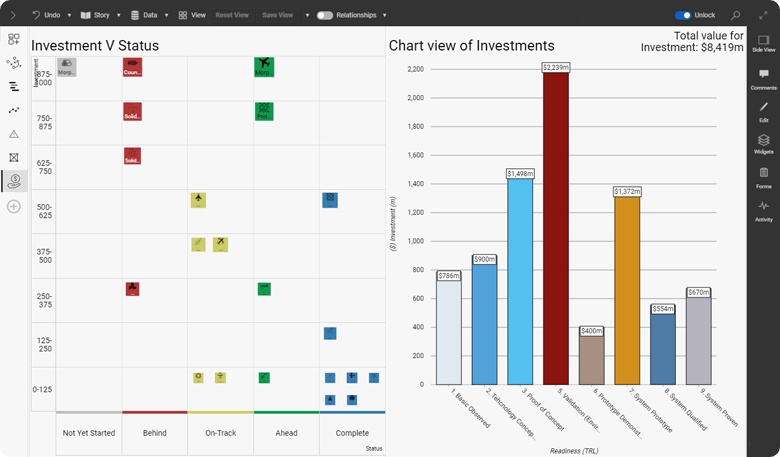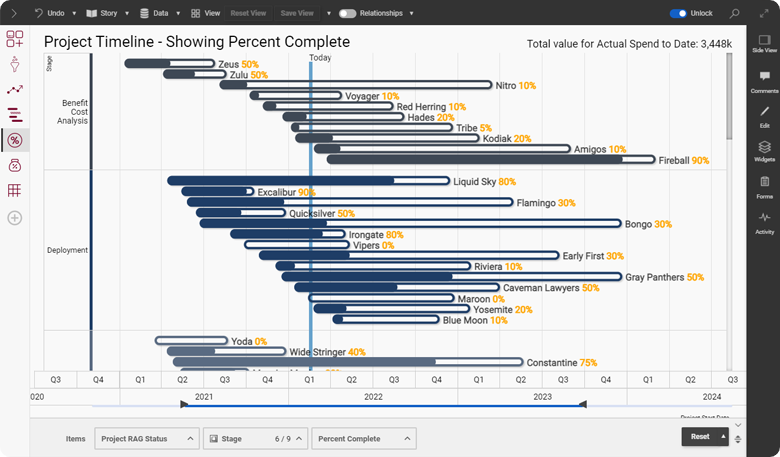Even before the COVID-19 pandemic, manufacturers’ visions for the future of work were rapidly evolving. Digitalization, as a defining feature for roles and processes, introduced new data-enabled ways of working and raised expectations for innovation and productivity gains.
The start of the pandemic saw the manufacturing industry scramble to accelerate automation and rapidly enable remote work for as much of their workforce as possible. In a matter of weeks, frontline work was both reimagined and transformed across the world to accommodate travel restrictions and social distancing requirements.
The hybrid model of working
This historic operational change has seen many manufacturers re-evaluate how they want their workplaces to function long-term. This includes considering hybrid working models which give eligible staff the option of combining working from home with going into the workplace.
Most organizations recognize the benefits of remote working; reducing their carbon footprint and having more productive staff, whilst employees benefit from reduced stress levels and a better work life balance. It is no surprise fewer than four in ten workers want to return to the office full time.
The downside? Employees find it harder to stay focused, feel more disconnected to the workplace and miss seeing their colleagues face-to-face.
To get the best of both worlds, the hybrid model of working allows flexibility for staff and employers alike. However, in sectors such as manufacturing where a large proportion of the workforce is required to be on-site (e.g. factory or shop floor workers),the hybrid work model may present some challenges, mostly around the need to ensure a consistent experience for all employees.
Overcoming hybrid working challenges
Organizations need to address these challenges to avoid creating a two-tier workforce and losing top talent to those that have actively embraced the challenges and mitigated their risks. For example, offering on-site workers the ability to swap shifts so that they can have some of the flexibility of their remote counterparts goes a long way towards achieving this. Companies need clear and managed communication with staff to avoid any such division.
According to Infor’s Global VP and Head of Vision and Strategy, Matthew Bragstad,
"The key driver for the success of the adoption of hybrid work is intentionality, communication, and transformation of an organization’s cultural expectations."
When it comes to the technology and infrastructure needed to get manufacturers on board the hybrid workforce train, Bragstad says, "Companies need to offer the tools to empower their people to be their most successful selves, regardless of their physical work location.”
The benefits of hybrid working
There are strong benefits for manufacturers when it comes to hybrid working, especially for those who work in engineering, finance, sales, and other critical functions:
- It expands the talent pool - manufacturers no longer are restricted to applicants that reside within a 50-mile radius of their facilities.
- It saves money - with people working from home, even for just part of the week, manufacturers can downsize to smaller space, which saves on rent, utilities, and upkeep for the office portion of their facilities.
In terms of benefits on the shop floor:
- It can scale scarce skills - an individual with deep experience working on critical machinery could run training sessions and even conduct inspections at multiple facilities around the world remotely.
Most importantly, though, manufacturers who enable remote and hybrid work gain resiliency.
It's safe to say the pandemic was a great industrial disruption. The global response was to turn to cloud-based technology that facilitated easier collaboration to power a remote workforce. What's been proved is that with the right technology in place, organizations are better equipped to handle any business disruption.

Technology facilitates better collaboration
Virtual collaboration became the norm during the pandemic and collaboration tools were invaluable, helping to facilitate business continuity and workflows for industry. As people return to work, remote collaboration presents a strong case for a hybrid model.
People can engage with their colleagues, partners or customers more efficiently and with more flexibility. Data or information can be securely shared and viewed on any device, at any time.
Improve project management
In a hybrid environment, understanding who’s working on what, as well as the expected completion date for that work, takes on new meaning. A Gartner study found that without accurate resource management data, teams overestimate their capacity to take on new work. That overestimation can have a significant impact on project timelines, potentially extending the duration of a 4-month project to as much as a year.

Collaboration solutions improve the management of projects and information by ensuring content is stored in one place so your teams are always accessing and working on the latest version. Organizations can put together the best possible team, regardless of the location and no one ever need be disconnected from the project.
The hybrid model simplifies frontline collaboration
Before the pandemic, it was common practice for dozens of senior engineers, project managers and technicians from all over the world to gather on a single site to sign off on their part of a project. The pandemic proved that work travel isn’t always crucial, the right technology kept workers connected when travelling was dramatically restricted and reduced.
A hybrid model that supports remote collaboration reduces the necessity for large in person gatherings, and the considerable logistics and costs that surround them. The same experts who would need to spend hours or days traveling for just a few hours of work can simply tour the facilities virtually with a click of a button.
In-person activities can be reimagined for virtual
Many industrial tasks can be complicated. It’s important for new or inexperienced workers to build skills and knowledge under the guidance of expert supervisors or senior technicians.
However, global organizations hiring new employees to work in facilities all over the world can stretch mentors thin. This results in slow onboarding and growth. But with the right collaborative tools, training can be done remotely.
Retain the knowledge
Up to 80% of knowledge within an organization is undocumented or intangible. It is therefore vital for organizations to capture and reliably and durably document critical knowledge, experience, insights and skills to allow them to be shared. The primary goal is to improve efficiency, productivity, and retain critical information within the company, helping to increase the workforce's overall knowledge.
Maintaining corporate culture
Improving collaboration in the workplace not only gives employees a sense of community, but it deepens their connection to the company and can ultimately lead to a higher level of innovation and company performance.
Collaboration is boosted with a hybrid work model
The pandemic response served as a proof of concept: the hybrid model works, even in the industrial industry. The hybrid model has demonstrated advantages over the traditional way of collaborating and working and moving forward, the tools that we use to work remotely will become the tools that help measure and improve performance.

